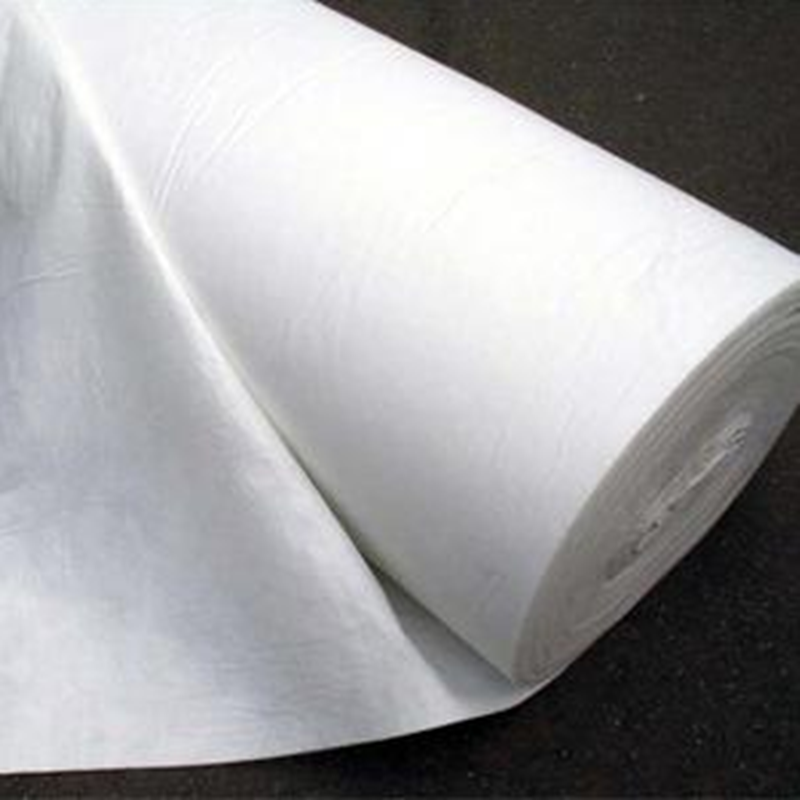In the search for more sustainable and environmentally friendly materials, PLA needlepunched nonwovens have emerged as a promising option. The innovative material is made from polylactic acid (PLA), a biodegradable, renewable resource derived from plant sources such as corn starch or sugar cane. The needling process involves mechanically interlocking fibers to create a strong and durable nonwoven fabric, making it suitable for a wide range of applications.
One of the major environmental benefits of PLA needlepunched nonwovens is its biodegradability. Unlike traditional petroleum-based materials, PLA nonwovens decompose naturally, relieving landfills and minimizing environmental impact. This makes it an attractive option for industries looking to reduce their carbon footprint and adopt sustainable practices.
In addition, the production of PLA needlepunched nonwovens consumes less energy and produces fewer greenhouse gas emissions than traditional synthetic materials. This is in line with the growing demand for environmentally friendly alternatives that prioritize environmental protection and resource efficiency.
The versatility of PLA needlepunched nonwovens also helps it be environmentally friendly. It can be used in a variety of applications including packaging, textiles, filtration and geotextiles, providing a sustainable alternative to traditional materials in these areas. Its strength, breathability and biodegradability make it ideal for companies and consumers looking to make eco-friendly decisions.
In addition to the environmental benefits, PLA needlepunched nonwovens also offer performance advantages. It has excellent moisture management, UV resistance and thermal insulation properties, making it a practical and reliable material for a variety of applications.
As the demand for sustainable materials continues to grow, PLA needlepunched nonwovens stand out as a viable solution that meets environmental goals. Its biodegradability, energy efficiency and versatility make it an excellent choice for industries and consumers looking to reduce their environmental impact and embrace a more sustainable future. By incorporating PLA needlepunched nonwovens into a variety of products and applications, we can contribute to a healthier planet while meeting the needs of today’s environmentally conscious society.
Post time: Mar-12-2024
